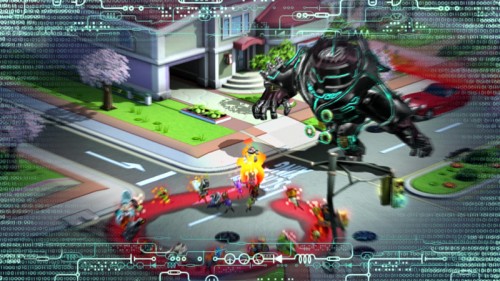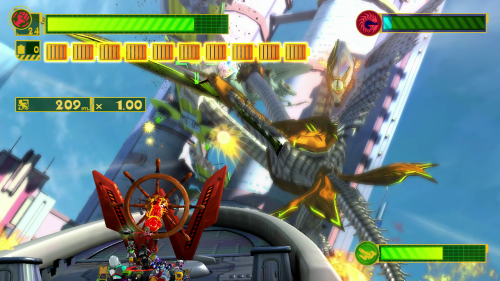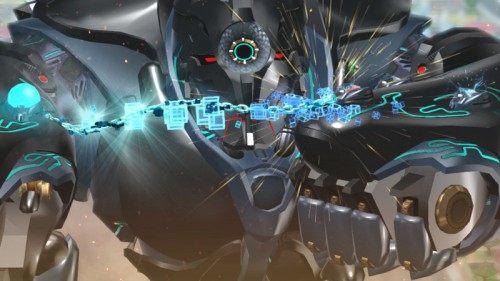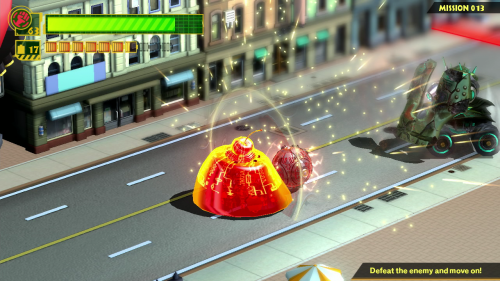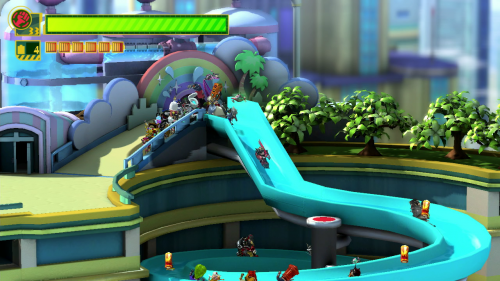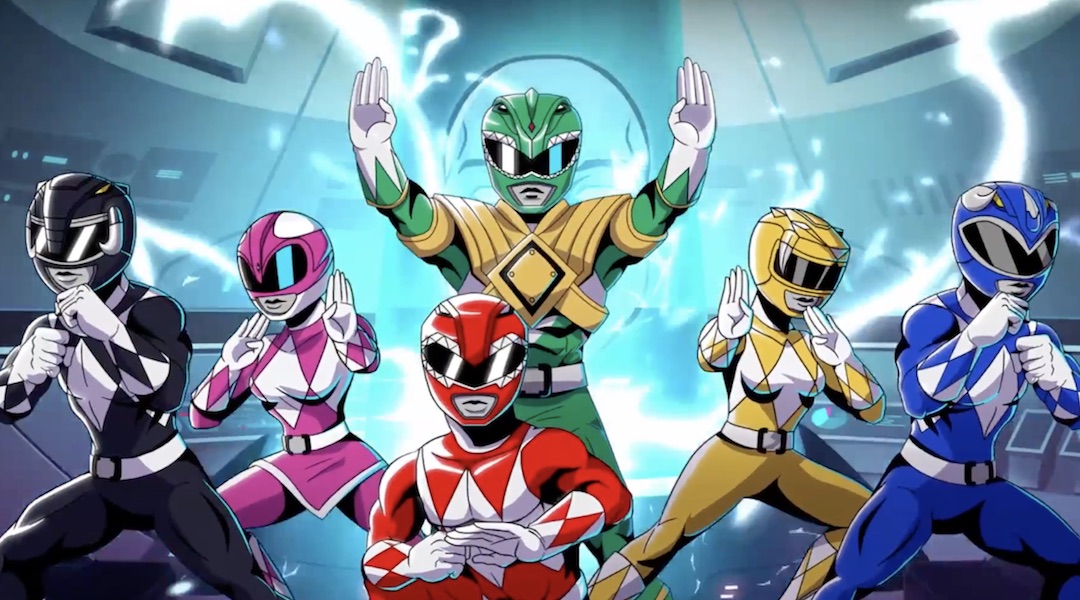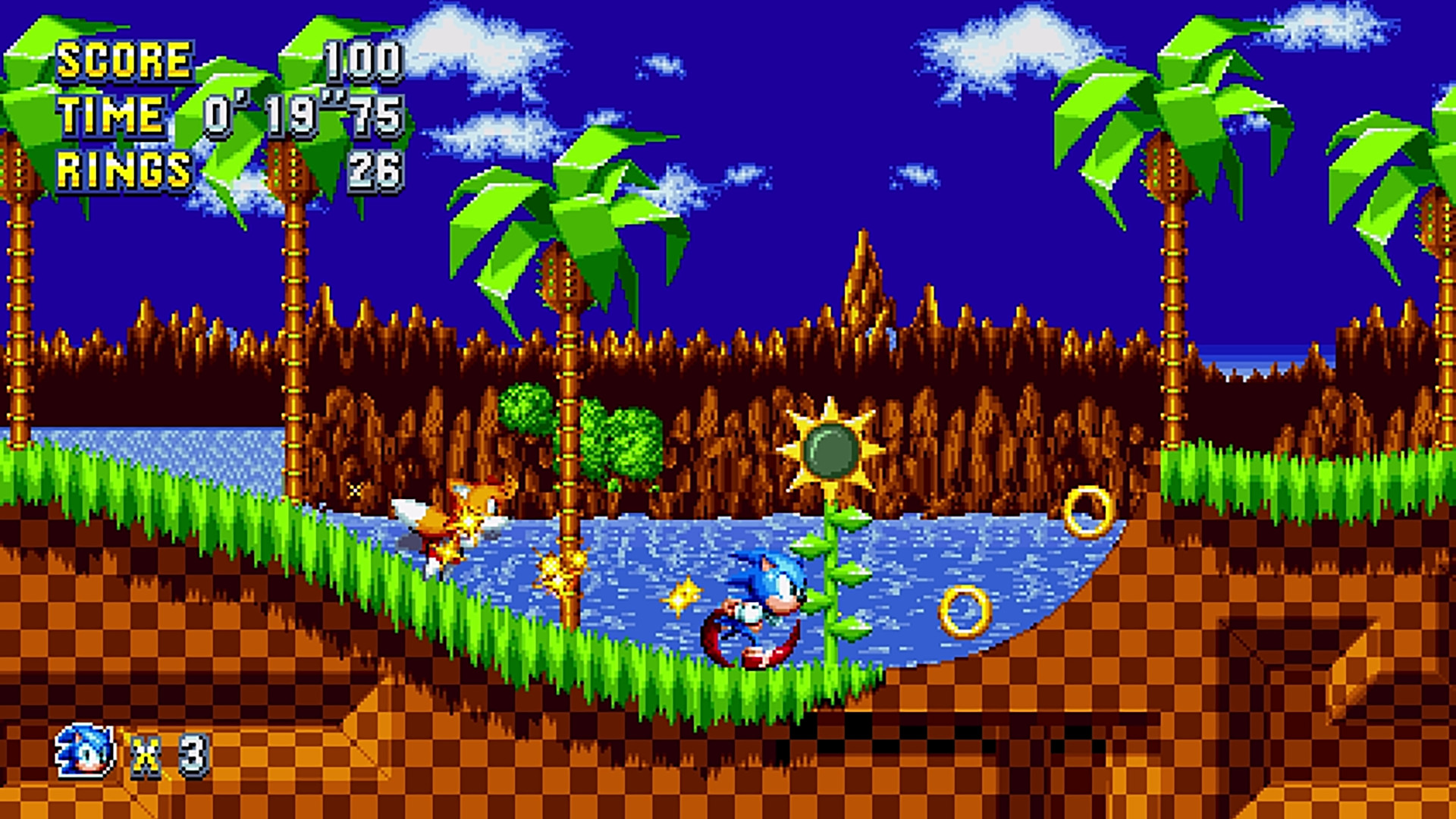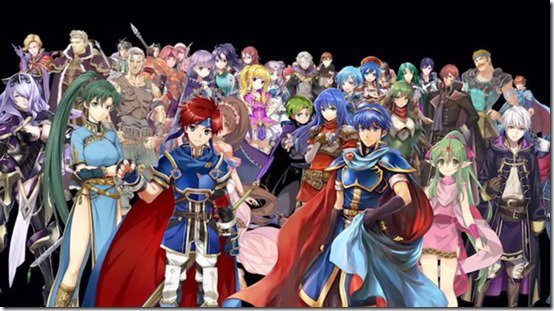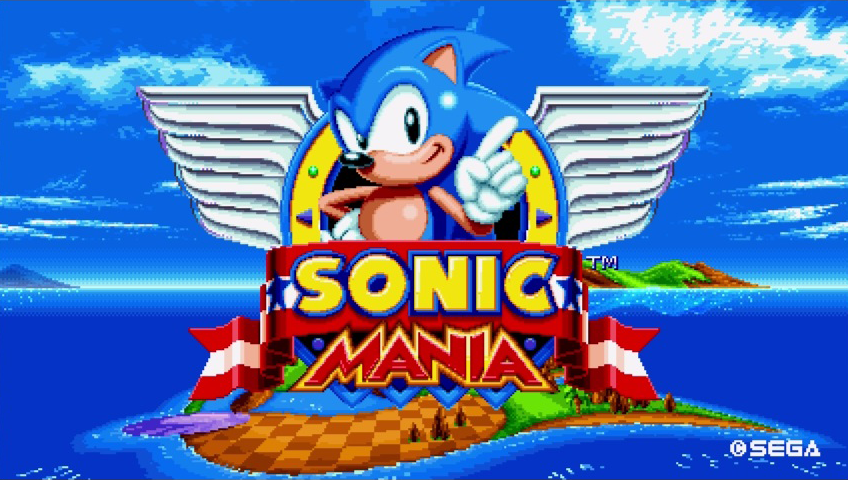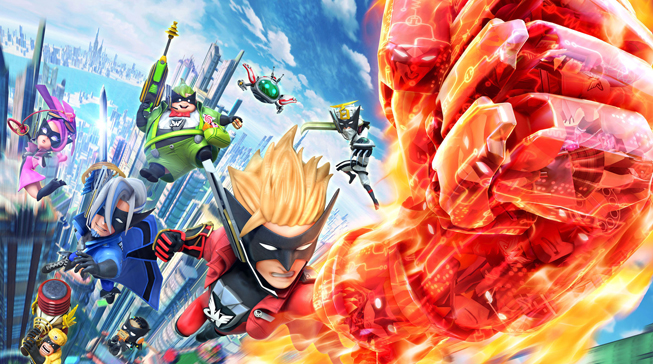
Growing up, my television time was split between early morning Cheez TV marathons and the post-school indulgence of Power Rangers. In either case, the usual crops of colourful action heroes banding together for an adventure that never took itself too seriously was hard to resist, the allure of over-the-top roughhousing moving from the lounge room to the playground with antics that I’m sure drove our teachers close to breaking point.
I’d say “Ahh, to be a child again”, but I know perfectly well that nobody truly grows out of light hearted mania. As we age we merely suppress it, as the adults we’re suppose to be, finding the occasional (and often private) outlet to let loose. I don’t think it’s outrageous to claim that for many “grown ups” playing video games is exactly that; an outlet to unwind and experience child-like carefree glee where imagination reigns supreme. And if The Wonderful 101 by Platinum Games is anything to go by, it’s not just an outlet those playing, but for the creators too.
Sidelining all seriousness, The Wonderful 101 dives head first into a tale of one hundred heroes (the extra one is you!), sworn protectors of Earth, throttled into a battle against a repeatedly invading alien force known only as GEATHJERK. The premise is to-the-point and open to all kinds of nonsense, told through a vibrantly colourful isometric perspective and comic-like talk boxes, via an enthusiastically voiced cast largely comprised of self aware stereotypical caricatures oozing personality. From the hot headed arrogant Wonder Blue barking cringe worthy one-liners, most revolving around punishments wrought from his Valiantium Blade, to the peachy, fashion conscious girly-girl Wonder Pink, who only ever takes a break from looking immaculate to erupt in a volcano of emotionally driven rage. Our masked heroes, a band of brothers and sisters that grows incrementally over the course of the game, find themselves clashing head-on with familiar enemy undergoing not-so-familiar developments, their objectives whisking them off around the world on an rapidly escalating adventure.
Typical of a game from both Platinum and the legendary Hideki Kamiya, The Wonderful 101‘s premise provides perfect framework for a character action game, where an intuitive combat system lures players through encounter driven level design. And so, that’s largely what The Wonderful 101 is, though with a significant twist: this isn’t a character action game, it’s a 101 character action game.
While The Wonderful 101 draws a number of similarities with the likes of Bayonetta in character action formula (dodge, defence, counter, and so on), here the personalisation of Bayonetta‘s small group encounters are minimalised for something more akin to crowd control. Not like Pikmin, where individual units are given tasks in a strategy game-like environment, but instead management of numbers, assigning a percentage of your growing mob of heroes to call in unique attacks, grapple enemies, and increase the effectiveness of any one “morph”. Think of like this: if I want to make a sword, I have to consider how many of my heroes should make up that sword, an 80 hero sword much larger and stronger than a 20 hero sword, at the expense of having fewer available heroes for other uses.
Kamiya has clearly drawn from his experience with Okami for this feature, the assignment of heroes to morphs requiring players “draw” gesture based patterns on either the GamePad or using the right analogue stick. The former makes for easier pattern recognition due to the more overt feedback in the act of drawing, though seasoned gamers will want to stick to the latter to keep their hands in quick access of other buttons. Gesture reading is rarely an issue, though learning the sweet spot for the gestures will vary between players. A little time spent practising and understanding which patterns will morph what goes a long way, and those committed to this unique formula will find themselves successfully drawing morphs on the analogue stick without even paying attention to their shape on the screen.
The Wonderful 101 continues the character action tradition of constructing levels (in this case, operations) around encounters and scenarios, the former introducing a diversity of unique and challenging opponents that pressure mastery of the underlying mechanics. Yet it’s the scenarios that truly set The Wonderful 101 apart from Kamiya’s other work. While the likes of Bayonetta deeply emphasised the robust combat system throughout a vast majority of the journey, only occasionally introducing gimmicky and polarising diversions, The Wonderful 101 sprinkles alternate gameplay formulas, context sensitive interactivity, and dual screen gimmicks liberally throughout every operation. So deeply ingrained is this mixed formula philosophy that on multiple occasions significant stretches of stages, and even entire boss fights, adopt mechanics strikingly different from regular combat and traversal.
While this directive runs the risk of mechanical fragmentation, lesser polished gimmicks contrasting against better elements (looking at you, Bayonetta Space Harrier), much care has been spent to ensure each diversion is responsive in control and inventive in concept, while lasting never so long as to outstay its welcome. Each brilliant addition beautifully breaks operation pacing into a collective of surprising, context sensitive set pieces that ignite a sensation of journey and accomplishment. I refuse to spoil any of the gimmicks in this review, but you can look forward to everything from bizarre revisions of the core formula to homage of classic Nintendo franchises and more. The sheer multitude of diverse gameplay concepts encompassing a single operation narrative arc is enough to put most other action games to shame, a directive made all the more impressive but The Wonderful 101‘s refusal to break this formula or regress to repetition across the multiple operations of the campaign.
It would have been so easy for Platinum to simply float the above alongside a satisfying though unambitious combat system and call it quits, but most impressive of all is how attuned the team has been to providing combat mechanics with enriched, multifaceted balance and depth that never subverts player agency. Bayonetta is renowned for its high ceiling of battle depth, and though I’m not totally confident The Wonderful 101 matches it, it certainly steers alarmingly closer than I ever expected. Initial simplicity of the unite morphs and learning the context sensitive weaknesses of various enemies are enjoyable enough, but purchase a handful of upgrades and battles explode into a significantly deeper experience.
Combo gluttons will adore unlocking additional unite skills and taking advantage of the multi-unites, assigning temporary heroes to automated morphs while you wield your own, while mobile and defensive players will adore dodge morphing into wrecking balls and projectile deflecting counter capabilities. Multi-unites in particular enrich combo potential, turning binary morph switching into to elegant juggling of several diverse morph abilities all active at once. However, it’s custom blocks that are really the heart of exploring deeper play. Not unlike Bayonetta‘s accessories, custom blocks make alterations to and enhance certain combat functions for unique qualities, such as greater defence at the expense of faster energy drain, to a temporary Witch Time-like slow motion from a last minute successful dodge. Half the fun in exploring the battle mechanics of Platinum’s titles is seeing how deep the rabbit hole goes, and the degree of control and combat diversity potential in The Wonderful 101 is heads and shoulders above anything the developer has released since Bayonetta.
Marks against The Wonderful 101 generally come down to the required player investment to get the most out of the journey. Don’t let the aesthetic confuse you; The Wonderful 101 is as deep and complex as a Platinum game gets, and at times potentially the most obtuse. Little effort has been put into easing players into the formula or set pieces, residing instead on something more akin to “throw them in the deep end, they’ll learn how to swim”. Okay, it’s not that bad, but the blink-and-you’ll-miss-it tutorial messages and odd few difficulty spikes, along with encounters and level progression encouraging experimentation may prove to be a little too intimidating for players who value accessibility. While there’s potential for a few “Where do I go? How do I beat this? What do I do?” moments, almost all of these can be coupled with an “OH DUUUUHHHHH!” when the solution is found. You just need to think and try, instead of waiting for the game to spell it out.
In reality, perceived obtuseness is simply The Wonderful 101 begging for your attention, and most importantly your investment, as it refuses to cater to lazy play. And this is much in line with Platinum’s philosophy since…forever. Those familiar with Metal Gear Rising: Revengeance, Vanquish, and Bayonetta will recognise the often steep and unforgiving learning curve as their trademark game design. Perhaps not universally accepted, but oddly adored within receptive circles.
Willingness to invest is at the core of The Wonderful 101, and almost poetically in-line with the narrative and themes. The game demands confidence from you as a player, asking you not just to set aside the time and energy to explore the battle mechanics, but to invest in the heroes’ journey. As we see our heroes get over their differences (borderlining on cliché) and work together as a team to overcome seemingly impossible obstacles, so too must the player stick with the mechanical foundations to see where they’ll go. And it doesn’t stop there. Just as you develop an understanding of The Wonderful 101‘s internal logic, and higher level play becomes almost second nature, battles escalating in complexity and efficiency, so does our heroes’ journey build up to an outrageously over-the-top and unforgettable climax. By the time the end credits roll, you’ll have brief pause to wonder how, exactly, you ended up where you did doing what you did from such simple and humble beginnings, both as a narrative and as a player. And then you’ll jump right back in to hunt down the game’s many secrets, and take your experience and development from one playthrough over to another.
Irresistibly addictive and rewarding, and packed full of spectacular set pieces that will linger long and fondly in your memory, The Wonderful 101 is one of those “once in a life time games”. A complete adventure with few, if any, real missteps and no indication of misdirection or misfire. As if the team went in with a finely honed goal and, through the ups and downs of development, somehow came out with something better than they could have imagined.
But most impressively, The Wonderful 101 sells itself not on what similarities can be drawn to other titles, no matter how acclaimed they might be, but on the individuality, uniqueness, and charm of every aspect of the entire package. A rare example of complete game originality matched with near flawless execution and confidence of identity. The library may be limited, but The Wonderful 101 is doubtlessly the best game available on the Wii U, and is destined to remain one of them throughout the system’s life cycle. Unmissable.
Deep battle system | Highly inventive scenarios | Charming presentation | Rich in content
Difficulty spikes | Occasionally obtuse design

